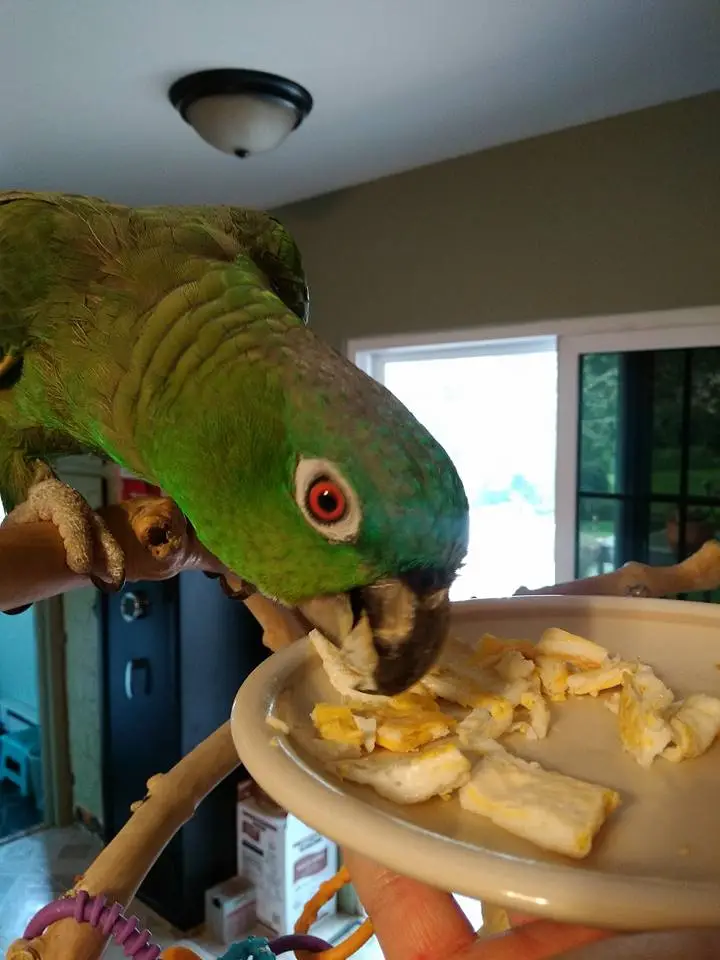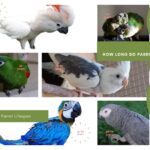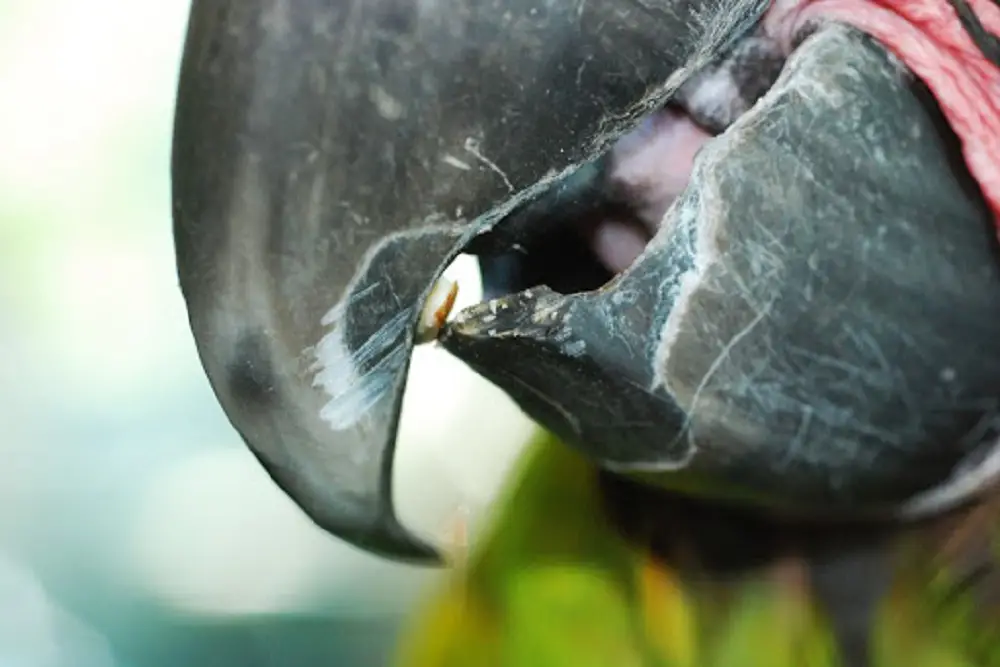How to File a Parrot Beak? Want to prune your parrot’s beak but don’t know how to do it? Do you want to avoid having to go through the “veto” box regularly to resolve the problem?
Advice on Trimming a parrots Beak
Some beaks can overgrow due to disease, malnutrition, or lack of suitable toys. If the latter is too long, it becomes dangerous for the animal. In addition, filing your bird’s beak alone can cause it great pain.
But don’t panic, our experts know exactly how to help.
Let’s find out together now how to prune your pet’s beak. But also how to encourage its natural wear and tear, in particular with the use of adapted toys.
Discover our collection of useful toys to prune your parrot’s beak by clicking on the image below.
How to trim a bird’s beak
SOURCE:Parrot Wizard
File the Parrot’s Beak
1. Determine if your bird’s beak needs trimming
The average beak of a well-groomed bird does not need to be trimmed, as it will wear out naturally after ordinary chewing. If you notice that your bird’s beak has changed shape. Whether the top of the bill is pushing far down, or the bill has been broken on one side. Take your bird to the vet to shape and trim it.
- Filing can cause pain and trauma to your bird if not done properly. This should never be done for cosmetic reasons.
2. Find an avian veterinarian
Not all vets are qualified to trim the beak of a parrot or other bird. Do a search to find an avian veterinarian near you. Call ahead to find out if the vet has worked with birds of your pet’s species. Bring an old photo of your parrot with a healthy beak or a photo of other birds of this species.
- Calling in a specialist will make the process painless
- While a good vet can recognize the parts of a beak that don’t want to be cropped, it is helpful for the vet to have an idea of what the beak should look like before trimming begins.
- The parrot’s lower beaks will be trimmed in a straight line.
- Cockatoos and cockatoos have pointed-tip beaks and scaled medians. So that their lower jaws do not have to be ground crosswise.
How to File a Parrot Beak

3. Ask which tools will be used
The vet should use a “grinding” tool to file away the excess beak. If the vet uses a high-speed drill, he will use it at low speed with regular breaks to make sure the spout does not overheat. Your vet may also use a nail file, which is great for removing flaky spots on the surface of the beak. Lawnmowers should be avoided whenever possible.
- If a speculum is to be inserted into your bird’s beak, request that it be non-metallic. Birds sometimes bite while their beak is clipped, and the metal can damage it. A dog chew toy can be used instead, as long as it is the correct size.
- Your bird will not normally need to be anesthetized during this procedure.
4. Monitor the procedure
Make sure the vet first cleans your bird’s beak with a disinfectant. If the vet uses a grinding tool, have a new head placed on it. Diseases can be transferred from one reused grinding head to another. Expect the beak trimming to take about 20 minutes.
- Your vet or team of vets will restrain the parrot gently with gloved hands.
- In some cases, the top half of your bird’s beak will be tucked into the bottom half to spread it out.
- The vet should slowly prune the beak until he can see white dots on the surface. If you walk past it, you will injure the bird.
- The beak should be trimmed until the biting surface is level, otherwise, it will warp and cause other problems for your bird.
5. Give your bird time to recover
A cut shouldn’t hurt your bird, but will likely be stressful. Take your parrot home and place it in a place it is used to. Make calming noises, but don’t squeeze it too hard with hugs. Leave food and water and keep admirers away for at least a day.
- If your parrot was injured during the procedure, ask your vet how you can help them recover. A bird with a bleeding or cracking bill will need to stay in the hospital.
- If your exotic bird has experienced pain, the beak may remain sore for a few days. Soften the food with water before serving and offer fruits, vegetables, and sprouted seeds that require less chewing.
6. Get a diagnosis
There is normally a reason that a parrot’s beak overgrows. Tell your vet everything your parrot eats, what you keep in the cage, and where the birdcage is. Overgrowth can be caused by infections, liver disease, nutritional imbalances, and lack of grooming aids.
- Follow your doctor’s advice. For example, if the vet says your bird is suffering from liver disease, you will need to seriously change its diet if you want it to survive.
- A bird with liver disease needs a diet that is high in fiber and low in fat, without too much protein. Seeds should be avoided, or only served sprouted.
Why is my bird’s BEAK peeling off
SOURCE;Denny the Budgie
1. Feed your bird well
Parrot Nutrition and Diet: Don’t rely on birdseed, which is too fatty and doesn’t require your parrot to use its beak. Buy premium quality granulated foods. Give your birds lots of fresh vegetables (broccoli, cabbage, garlic, asparagus, …) and sometimes fresh fruit. Also, give your bird a few almonds a day to encourage him to chew.
- Find out if your bird is herbivorous, omnivorous, seed-eating, fruit-eating, or nectar-eating.
- Although the diet depends on the breed, pelletized foods should typically make up 65-80% of the diet. Vegetables should be 15-30%, the rest can be seeds and fruit.
- If your bird is used to seeds, try germinating the seeds to help your bird switch to vegetables. The fat content will decrease and the texture will be more vegetal.
- Birds that have had too much fat in their diet are at risk of developing liver disease, which can cause the beak to overgrow. These birds need vegetables, as well as citrus zest, egg yolks, unprocessed grains, and turmeric to detoxify themselves.
2. Buy some bird chew toys
Most parrots and other birds cut their own beaks while chewing and playing. Buy chew toys for your bird. You can purchase do-it-yourself toys that let you string the rope with mineral pieces, wooden blocks, plastic beads, and pieces of real coconut. Put several in the cage at a time and rotate them so that your bird does not get bored. If you notice he chews more than others, buys these.
- Buy a lava rock. You can hang a lava rock in your tropical bird’s cage, or tie it to the side. They are perfect for your bird to trim its beak naturally.
- Hide the food in a chew toy. Buy a shredded toy that you can hide treats in. your parrot will cut its beak by shredding the toy.
- Check rope toys frequently for fraying. Remove the frayed rope, as it can get tangled around your parrot’s legs.
3. Install a special perch
Your parrot will keep its own nails and beak in good condition if it has a cement, pumice stone, or mineral perch to sit on. After eating, it wipes its beak on the perch, sharpening and pruning it. Buy a perch designed specifically for your species of bird.
- Do not replace all of your bird’s perches with grinding perches. Because they are less comfortable for your bird to sit on for long periods.
- Avoid sandpaper perches.
Choose the right accessories to protect your parrot
As you can see, filing your parrot’s beak is crucial for it to be healthy.
With all this information, you will be able to calmly take care of your feathered friend. You will be able to help it wear down its beak in a natural way.
This information is not to be taken lightly and should be implemented without delay.
That’s why we offer a wide variety of perches for your parrot. They are adapted and designed to encourage him to file his beak.
Discover them now by clicking on the image below.
If you’ve ever filed down your parrot’s beak, or if this article was helpful to you, please let us know in the comments.





















